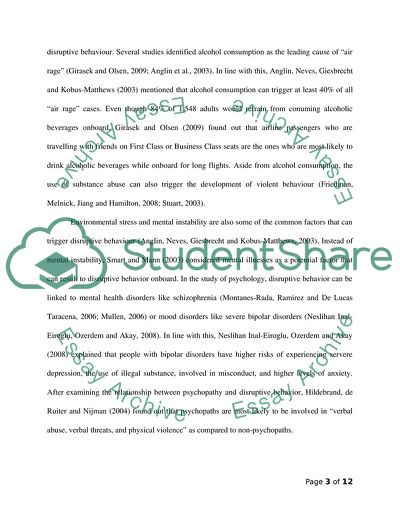Cite this document
(Aviation Psychology Case Study Example | Topics and Well Written Essays - 2702 words - 1, n.d.)
Aviation Psychology Case Study Example | Topics and Well Written Essays - 2702 words - 1. Retrieved from https://studentshare.org/psychology/1830472-aviation-psychology
Aviation Psychology Case Study Example | Topics and Well Written Essays - 2702 words - 1. Retrieved from https://studentshare.org/psychology/1830472-aviation-psychology
(Aviation Psychology Case Study Example | Topics and Well Written Essays - 2702 Words - 1)
Aviation Psychology Case Study Example | Topics and Well Written Essays - 2702 Words - 1. https://studentshare.org/psychology/1830472-aviation-psychology.
Aviation Psychology Case Study Example | Topics and Well Written Essays - 2702 Words - 1. https://studentshare.org/psychology/1830472-aviation-psychology.
“Aviation Psychology Case Study Example | Topics and Well Written Essays - 2702 Words - 1”, n.d. https://studentshare.org/psychology/1830472-aviation-psychology.


